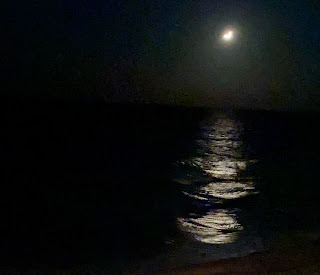Bright Sadness
During the 40 days and nights that Jesus was in the wilderness, did he experience a bright sadness?
During the temptations that Jesus faced, was there a bright sadness? (according to writings of Henri Nouwen, these temptations were being relevant, being spectacular, being powerful)
When I experience the temptations of relevancy, the longing to be spectacular, and power, can I see bright sadness in my life?
When my life goes awry, can I find bright sadness?
In Rolling Fork, Nashville, California, China, Russia, Eukraine, is there bright sadness?
Do I dare to live my life in bright sadness?
When Jesus was in the wilderness, was He bright with joy although He knew what days were ahead?
Is the way of bright sadness a process? Perhaps we look at Lent in the wrong way. Is it really a time of giving up, going without, and a time of sadness or could the secret lie in the joy of giving up and going without and then seeing what lies beyond? Was this the greater message of the wandering in the desert from Moses to Jesus? Were these writings of desert life intended to move us on our way to unexplained joy?
When I doubt my place, my role, my hardships, can I choose to see the bright instead of the sadness?
Through the days of tragedy in our world may we remember, He is with us and walks before us.
And, "In the sadness that surrounds our lives, our community, our world, we give thanks, nevertheless. More is at work than we can see." Ken Sehested



